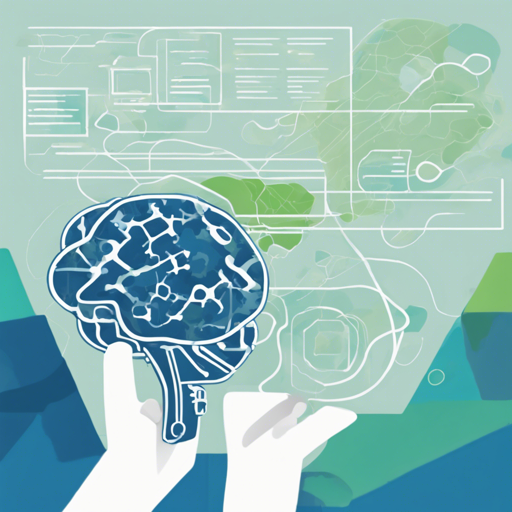Welcome to the fascinating world of meta learning, where we teach machines to learn. Unlike traditional machine learning that requires massive datasets, meta learning allows models to learn and adapt quickly even from small datasets. This article is a user-friendly guide on how to dive into meta learning using the book Hands-On Meta Learning With Python. Here, we will cover topics like one-shot learning, MAML, Reptile, and more!
Understanding Meta Learning
At its core, meta learning, often referred to as “learning to learn,” involves training models on how to learn from data effectively. Imagine you are a chef mastering various cuisines. With meta learning, you wouldn’t start from scratch with each new recipe; instead, the chef would quickly adapt their cooking techniques based on past experiences. The same principle applies to machines—by learning from a few examples, they can generalize knowledge to new tasks efficiently.
Key Concepts Covered in the Book
- One-Shot Learning: Techniques that allow models to learn from just a single example.
- Meta-SGD: Learning the learning rates dynamically, enhancing models’ learning speed.
- MAML: A model-agnostic approach that ensures flexibility across various tasks.
- Reptile: A simpler alternative to MAML that also focuses on fast adaptations.
- Memory-Augmented Networks: Enhancing networks’ capabilities with external memory to boost performance.
Implementing the Concepts
Throughout the book, you’ll engage with several hands-on implementations using TensorFlow and Keras. Each chapter focuses on practical applications of algorithms and theories discussed, allowing you to bridge the gap between theory and practice effectively.
model.fit(x_train, y_train) # Training the model
predictions = model.predict(x_test) # Making predictions
Think of the code snippet above as a recipe: you’re providing the ingredients (training data) and following the instructions (model.fit) to create a delightful dish (predictions). As with cooking, it may take some tweaks and fine-tuning to get it just right!
Troubleshooting Common Issues
While working through the book, you may encounter some common roadblocks. Here are a few troubleshooting tips:
- Model Not Converging: Check your learning rate; it might be too high or low. Adjusting it can have significant effects.
- Overfitting: Ensure that you have sufficient regularization and possibly more diverse training data.
- Compatibility Issues: Make sure your TensorFlow/Keras version matches the code examples in the book.
- Memory Errors: Try reducing the batch size or complexity of your models to handle limited resources.
For more insights, updates, or to collaborate on AI development projects, stay connected with fxis.ai.
What’s Next?
The AI landscape is constantly evolving, and to stay on top of the latest developments, check out additional resources such as curated lists of meta learning papers, code, and tools available on my curated Awesome Meta Learning repository.
Conclusion
At fxis.ai, we believe that such advancements are crucial for the future of AI, as they enable more comprehensive and effective solutions. Our team is continually exploring new methodologies to push the envelope in artificial intelligence, ensuring that our clients benefit from the latest technological innovations.
Happy learning, exploring, and coding!

